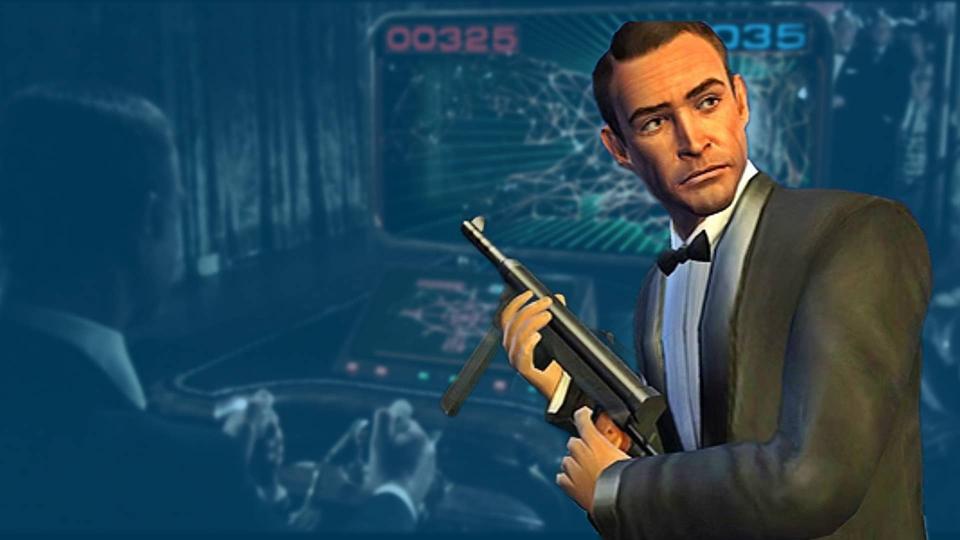The article explores the unique intersection of video games and the James Bond franchise as epitomized by the film "Never Say Never Again." Though considered inferior among Bond films, it offers a fascinating narrative enriched by its legal battles and its contrasting elements from traditional Bond lore. The film became notable for incorporating arcade games, particularly a fictional game called "Domination," which served as a metaphor for global conflict. This situation mirrored the video game culture of the early 1980s, offering a glimpse into how gaming was seen in elite society. The film's blend of low quality and intriguing creativity gives it a peculiar charm, marking it as a cult classic that reflects a transformative period in the entertainment industry.
What is the significance of "Never Say Never Again" in the Bond franchise?"Never Say Never Again" is significant because it represents a unique moment in Bond history, existing outside the official franchise due to legal disputes. It showcased Sean Connery's return to the iconic role amidst these complications, providing a story that reinterpreted elements from "Thunderball" while incorporating contemporary themes like gaming. Its unusual integration of arcade gaming culture offered a fresh, albeit flawed, take on the spy genre, challenging viewers' perceptions of Bond's world and setting a precedent for how video games could intersect with cinematic storytelling.
The 1983 film "Never Say Never Again," directed by Irvin Kershner, is often overshadowed by the official Bond films produced by Eon Productions. Its tumultuous backstory involved Kevin McClory, who had rights to "Thunderball," leading to legal battles that kept Bond in limbo for years. This resulted in escalated interest in alternative Bond narratives and characters, alongside the film's unique approach that deviated from established franchise norms, thereby creating a lasting impact on the Bond legacy.









Comments
It's funny how a Bond movie that's basically the black sheep of the franchise somehow nailed the vibe of early '80s gaming before it was even cool. That weird mix of low-stakes espionage and arcade nostalgia just hits different now.
Honestly, it’s wild how a legally messy Bond flick ended up being such a time capsule for both spy films and early gaming culture. That blend of real-world drama and arcade-era charm gives it this weirdly endearing, almost accidental legacy.